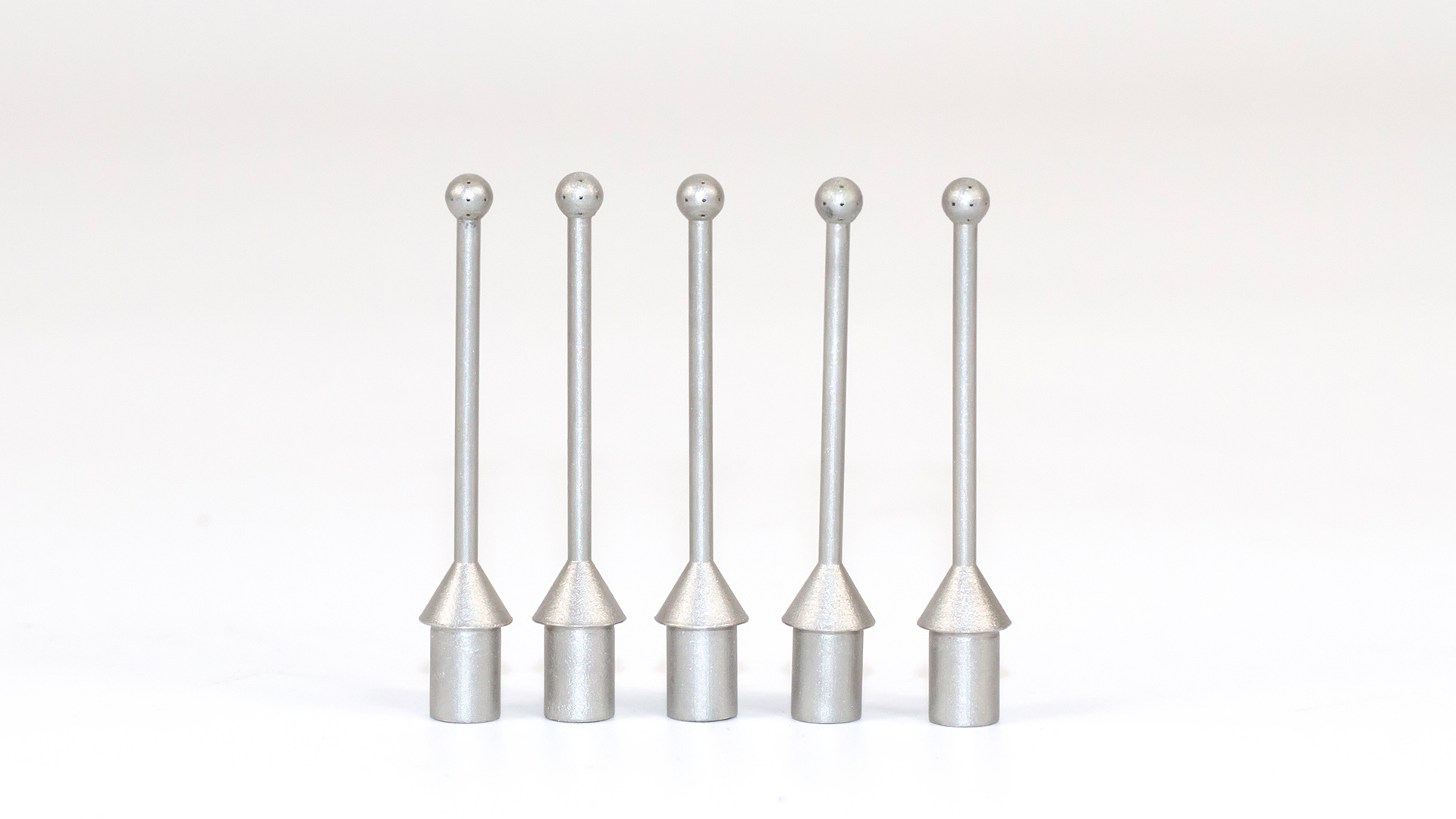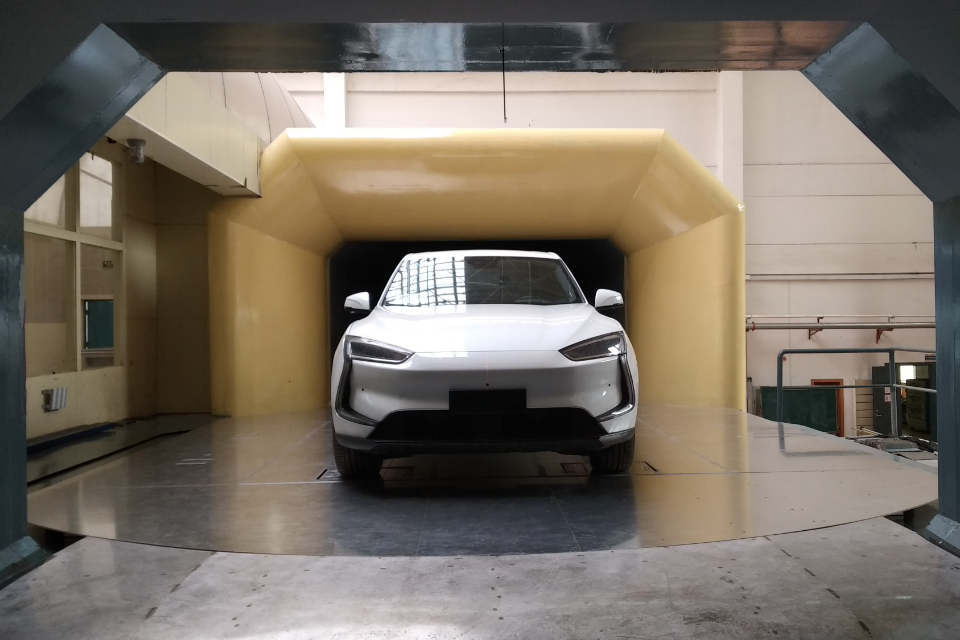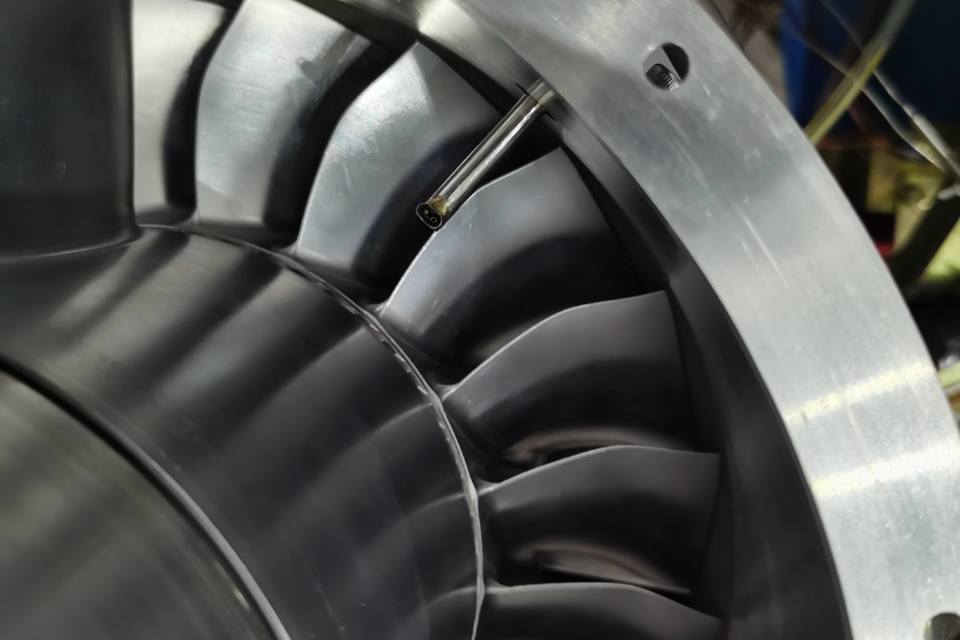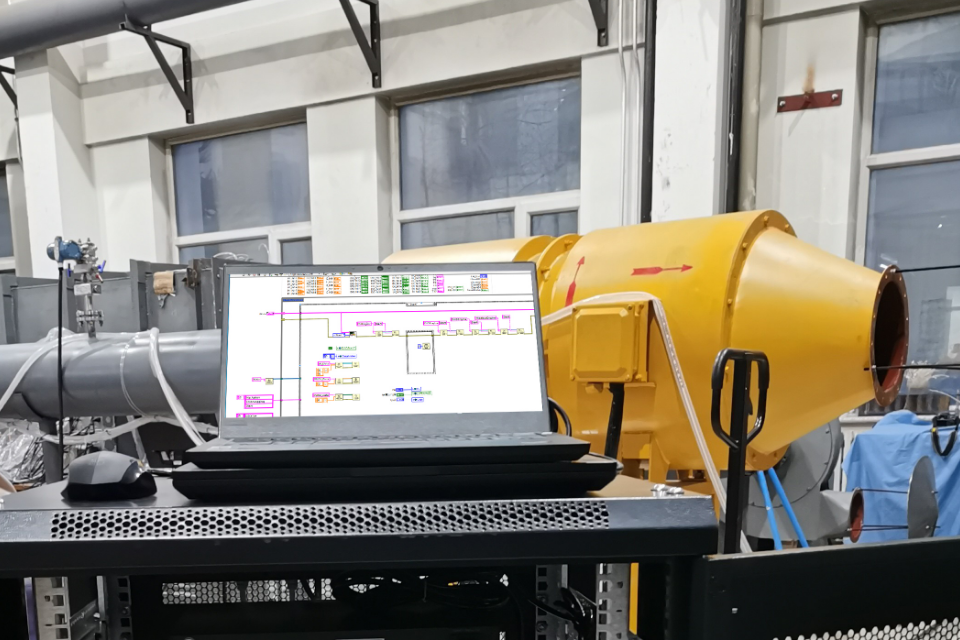In actual work, the design of the pneumatic probe is not static, and its shape and hole layout will be adjusted according to different measurement requirements. For example, the spherical design of the probe head helps reduce the interference of airflow and makes the measurement more accurate. The distribution of holes is usually uniform, which can ensure that the measurement data of each hole position has good representativeness and consistency. This design not only enables the probe to adapt to various flow field environments, but also improves the measurement accuracy.

How the Bottom Spherical five-Hole Probe Works The working principle of the spherical five-Hole Probe is based on the measurement of the pressure difference in the airflow. When the air flows through the probe, the air flow produces a pressure difference on the surface of the probe. The five holes measure the pressure difference at different positions to calculate the speed and direction of the air flow. Each hole on the probe corresponds to a certain direction of the airflow, so data can be collected in multiple directions at the same time.
Specifically, the probe calculates the velocity and direction of the airflow by measuring the upwind angle (AOA) and sideslip angle (AOS). The windward angle refers to the angle between the airflow and the probe measurement surface, while the sideslip angle is related to the transverse component of the airflow. The data from these two angles, combined with the pressure difference data of five-Hole Probe, can fully reflect the dynamic characteristics of the airflow.
Compared with traditional single-point detectors, spherical five-Hole Probe can collect data from multiple points at the same time, which has significant advantages. First, it can measure pressure in multiple directions at the same time, providing more accurate airflow information. Among them, because the design of the five-Hole Probe can greatly reduce the interference of the airflow, the measurement results are more stable, and it is especially suitable for the measurement of high-speed and complex flow fields.
In the aerospace field, five-Hole Probe is widely used in wind tunnel testing. Testers can measure airflow at multiple positions simultaneously with probes, resulting in more accurate aerodynamic performance data for aircraft. In the wind power industry, five-Hole Probe can also accurately measure wind speed and airflow direction, providing support for the optimal design of wind turbines. In addition, spherical five-Hole Probe can also be used in automotive aerodynamic testing, building airflow research and other fields. Technical Challenges and Improvements Although the spherical five-Hole Probe has many advantages, it also faces some challenges. The main problem is the stability of use in extreme environments.
When the airflow velocity is too high or the temperature is too high, the traditional probe may not be able to provide accurate data, so the material and structure of the five-Hole Probe are required. In order to solve this problem, in recent years, Windtuner Technology has made many improvements to the design of the five-Hole Probe during the customization process, such as the use of high temperature and corrosion-resistant materials to improve the stability and reliability of the probe in extreme environments. In addition, with the improvement of measurement accuracy requirements, Windtuner Technology is also constantly optimizing the design of the five-hole probe. For example, Windtuner Technology improves its measurement accuracy and response speed by improving the position and shape of pinholes, making it more suitable for modern high-precision measurement needs.
















